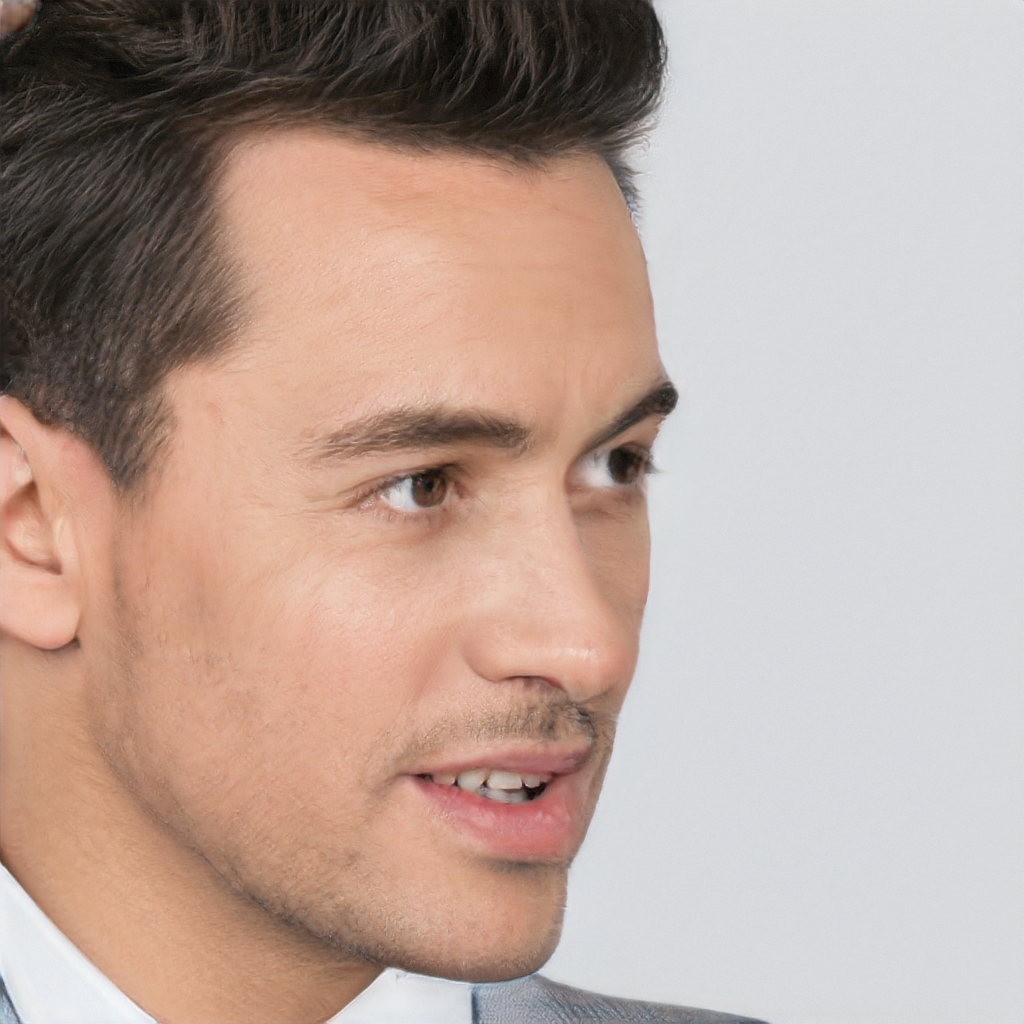Do you ever watch those daredevils on bikes flipping, spinning, and jumping through the air and wonder how they got started? If so, you might want to learn more about Freestyle BMX. This adrenaline-fueled sport has taken the world by storm, offering riders a chance to push their limits and showcase their skills on two wheels.
If you’re looking for a new way to stay active and challenge yourself, Freestyle BMX could be just what you need. But before you dive in, there are a few things you’ll need to know. In this article, we’ll explore the history of Freestyle BMX, the key skills and techniques you’ll need to master, and some tips for staying safe and avoiding injury. So buckle up and get ready to fly.
What is Freestyle BMX?
Freestyle BMX is a type of bicycle motocross (BMX) that focuses on performing tricks and stunts using specially designed BMX bikes. It is a highly athletic and creative sport that combines elements of acrobatics, balance, and bike handling skills.
In freestyle BMX, riders perform various tricks and maneuvers in various environments, such as skateparks, street settings, and dirt jumps. They use their bikes to execute impressive aerial tricks, spins, flips, grinds, and other maneuvers on ramps, rails, and obstacles.
There are different disciplines within freestyle BMX, including park, street, dirt, and vert riding. Park riding involves performing tricks in skateparks with ramps, bowls, and other features. Street riding occurs in urban environments, utilizing stairs, handrails, ledges, and other street furniture. Dirt riding involves jumping and performing tricks on specially built-dirt jumps. Vert riding, short for vertical, is performed on large halfpipe ramps.
Freestyle BMX has become a competitive sport, with organized competitions and events held worldwide. Riders are judged on their style, difficulty of tricks, execution, and overall performance. The sport requires high skill, balance, coordination, and fearlessness.
In recent years, freestyle BMX has also gained recognition on a global scale with its inclusion in major events like the X Games and the Olympic Games. In 2020, freestyle BMX debuted as an Olympic discipline, further cementing its status as a respected and recognized sport.
Why Its Called BMX?
The term “BMX” stands for “Bicycle Motocross.” The sport of BMX originated in the late 1960s and early 1970s when children and teenagers began modifying their regular bicycles to imitate the motocross motorcycles they saw racing off-road tracks.
Motocross is a form of motorcycle racing that involves off-road circuits with jumps, bumps, and tight turns. The early BMX riders wanted to replicate the excitement and thrill of motocross on their bicycles, so they started building bikes that could handle the demands of off-road riding and perform jumps and tricks.
The term “BMX” was used to describe this new style of bicycle riding, combining the words “Bicycle” and “Motocross.” Initially, BMX referred more broadly to riding modified bicycles off-road. Still, over time, it became synonymous with the specific sport of freestyle BMX, which focuses on performing tricks and stunts.
The early BMX bikes featured smaller frames, knobby tires for better traction on dirt surfaces, and strong construction to withstand the rigors of off-road riding. As the sport grew in popularity, bike manufacturers started producing purpose-built BMX bikes designed specifically for racing and freestyle riding, further establishing the identity of BMX as a distinct sport.
The term “BMX” has since become widely recognized and associated with bicycle motocross, encompassing both racing and freestyle disciplines. Today, BMX is a global phenomenon with a passionate community of riders, competitions, and a rich history of innovation and progression.
History Of Freestyle BMX:
The history of freestyle BMX can be traced back to the late 1970s when riders started experimenting with performing tricks and stunts on their BMX bikes. At that time, BMX racing was already popular, but riders wanted to showcase their creativity and skills in a non-racing setting.
In the early days, freestyle BMX riders would perform tricks on their bikes in parking lots, empty swimming pools, and other improvised locations. They began emulating the tricks and moves seen in skateboarding, incorporating jumps, spins, and other aerial maneuvers into their repertoire.
One of the earliest pioneers of freestyle BMX was Bob Haro. In the late 1970s, Haro, an avid BMX racer, started performing stunts during race intermissions. His performances gained attention and became known as one of the first professional freestyle BMX riders.
In the early 1980s, the popularity of freestyle BMX grew rapidly. Riders started forming teams and performing in shows and exhibitions. The first organized freestyle BMX contest, the Bicycle Motocross (BMX) Freestyle World Championships, was held in 1984 in the United States.
During this time, several influential riders emerged, such as Mat Hoffman, Dennis McCoy, and Dave Mirra, who pushed the boundaries of what was possible on a BMX bike. They pioneered new tricks and raised the level of technical difficulty in the sport.
In the 1990s, freestyle BMX continued to evolve, introducing specialized bike components designed for performing tricks, such as pegs for grinding and rotor systems for handlebar spins. The sport gained mainstream exposure through television broadcasts and sponsorship deals.
Freestyle BMX was recognized as an official discipline by the International Cycling Union (UCI) in 2008, which led to the establishment of international competitions and a more formalized structure for the sport.
In 2020, freestyle BMX debuted as an Olympic sport at the Summer Olympics in Tokyo, Japan, further solidifying its status as a globally recognized and respected discipline within the BMX community.
Today, freestyle BMX continues to evolve with new tricks, styles, and trends emerging. It remains a dynamic and exciting sport, attracting riders of all ages and inspiring creativity and innovation within the BMX community.
Read More: All You Need To Know About Diablo Formula Racing

Types Of BMX Moves:
BMX has numerous types of moves and tricks, each requiring different skills, techniques, and environments. Here are some of the most common types of BMX moves:
- Bunny Hop: A basic move where the rider simultaneously jumps both wheels off the ground by quickly pulling up on the handlebars and tucking the knees.
- Manual: Balancing on the rear wheel while pedaling without touching the front wheel to the ground. It requires fine control of balance and body positioning.
- Grind: Sliding along an obstacle, such as a rail or ledge, with a metal peg or the bike’s pedal. Popular grinds include feeble grind, smith grind, and crooked grind.
- Air/Jump: Going airborne off a ramp, jump, or dirt jump, typically performing tricks while in the air, such as flips, spins, and variations.
- Whip: A trick where the rider throws the bike’s rear end out sideways while airborne and then brings it back in before landing.
- Bar Spin: Spinning the handlebars 360 degrees in the air and catching them before landing.
- Tailwhip: A trick where the rider uses their feet to spin the bike’s frame 360 degrees horizontally while airborne.
- 360: Rotating the bike and rider 360 degrees horizontally while in the air or off a ramp.
- Wall Ride: Riding up and along a vertical wall by using speed and angling the bike to maintain contact with the wall.
- Flair: A trick performed on a quarterpipe or ramp where the rider does a backflip combined with a 180-degree spin.
How To Learn BMX Freestyle?
Learning BMX requires practice, dedication, and a willingness to push yourself out of your comfort zone. Here are some steps to help you get started:
- Get the right equipment: Get a suitable BMX bike that fits your size and riding style. BMX bikes come in different types: park, street, dirt, or flatland. Choose one that suits the type of riding you’re interested in.
- Safety first: Always prioritize safety when learning BMX. Wear a properly fitting helmet, along with knee and elbow pads, and consider wearing wrist guards and a mouthguard for added protection.
- Find a suitable practice area: Look for skateparks, BMX tracks, or open spaces with suitable obstacles for practicing. Start with small ramps and beginner-friendly features to build your confidence.
- Learn the basics: Practice basic skills such as balancing, pedaling, and maneuvering the bike. Work on bunny hops, manuals, and pumping on-ramps to gain control and bike handling skills.
- Start with small jumps: Progress gradually with small jumps and ramps. Practice your takeoffs, landings, and body positioning while in the air. Focus on landing smoothly and keeping control of your bike.
- Practice tricks incrementally: Begin with easier tricks and progress to more advanced ones as you become more comfortable and confident. Start with tricks like bar spins, manuals, and small airs, then gradually work up to more complex tricks.
- Watch and learn: Study BMX videos and observe experienced riders to learn proper technique and style. Pay attention to how they approach obstacles, perform tricks, and maintain balance. This can give you valuable insights and inspiration for your own riding.
- Join a BMX community: Connect with local BMX riders or join BMX clubs or groups to learn from experienced riders. They can offer guidance, share tips, and provide support as you progress.
- Practice regularly: Consistency is key. Set aside regular practice sessions and dedicate time to improving your skills. Through consistent practice, you’ll see progress and build muscle memory.
- Challenge yourself but stay safe: Push yourself to try new tricks and progress, but always prioritize your safety. Progress at your own pace and gradually increase the difficulty of tricks as you gain confidence and skill.
Remember, learning BMX takes time, patience, and perseverance. Don’t get discouraged by falls or setbacks; they are part of the learning process. Keep practicing, have fun, and enjoy the journey of improving your BMX skills.
Read More: 2023 Midwestern Sectionals Figure Skating| Everything About It|

Frequently Asked Questions
What age is suitable to start learning BMX?
Riders of various ages can enjoy BMX. Children as young as 5 or 6 years old can start learning the basics of BMX riding. However, it’s important to consider the individual’s physical ability, coordination, and maturity level. Many BMX riders begin their journey in their teenage years or even as adults.
Do I need any prior experience or skills to start learning BMX?
While prior experience in cycling or skateboarding can be helpful, it’s not a requirement to start learning BMX. With practice and dedication, anyone can learn BMX riding. It’s important to start with the basics, gain control of the bike, and gradually progress to more advanced skills and tricks.
How long does it take to become proficient in BMX riding?
The time it takes to become proficient in BMX riding varies for each individual. It depends on factors such as natural ability, dedication to practice, frequency of riding, and the specific skills or tricks you aim to master. Consistent practice and a willingness to learn and improve are key to progressing in BMX riding.
Can I learn BMX riding independently, or do I need a coach?
Learning BMX riding can be done independently, especially when starting with the basics. However, having a coach or mentor can significantly accelerate your progress. A coach can provide guidance, help you with proper technique, offer improvement tips, and ensure safety while learning new skills.
Is BMX riding a dangerous sport?
Like any action sport, BMX riding carries inherent risks. However, the risks can be mitigated with proper safety precautions, such as wearing protective gear and practicing in suitable areas. Starting with beginner-friendly obstacles and progressing gradually also helps minimize the chances of injury. It’s important always to prioritize safety and ride within your skill level.
Conclusion
BMX riding is a great way to stay active and have fun. Anyone can learn how to ride BMX through practice, dedication, and the support of experienced riders. Remember always to prioritize safety and progress at your own pace. Have fun, and enjoy the journey of improving your BMX skills.




